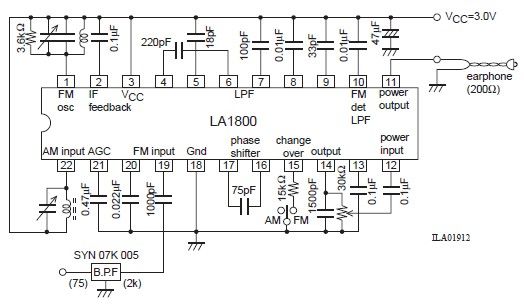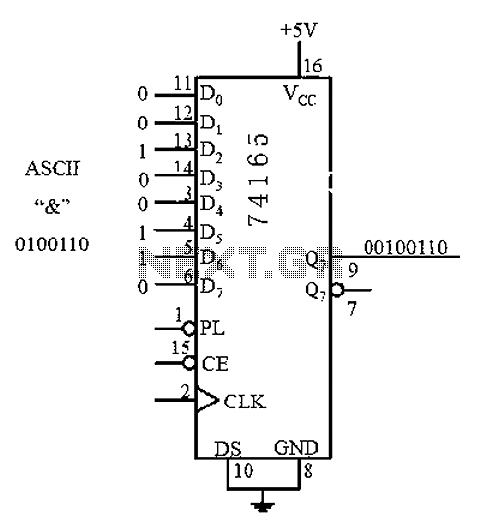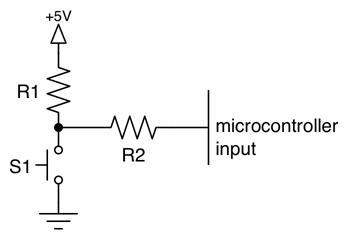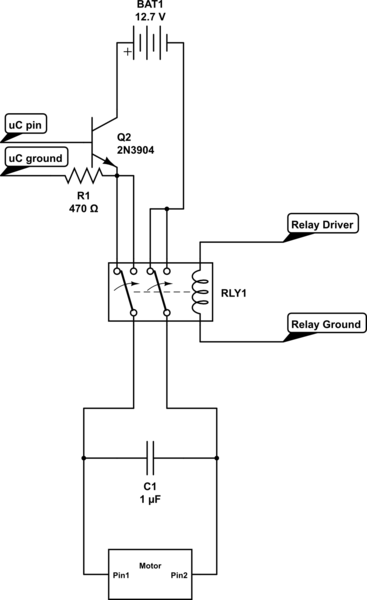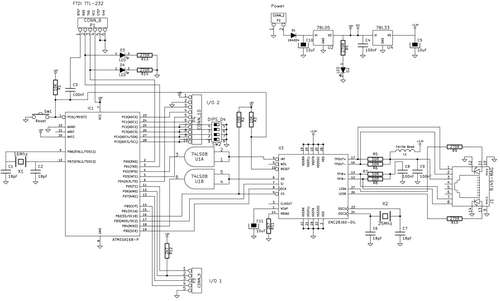
Arduino Uno - Programming With A Serial Port
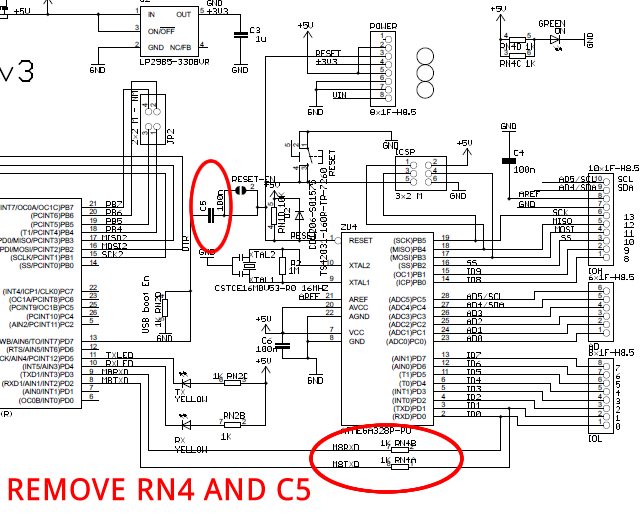
The Arduino Uno is a simple modification that bypasses the USB circuitry, allowing the device to be programmed using a serial port.
The Arduino Uno is a widely used microcontroller board based on the ATmega328P microcontroller. It is designed to facilitate the development of electronic projects by providing an easy-to-use platform for programming and interfacing with various components. The standard method of programming the Arduino Uno involves using a USB connection, which interfaces with the onboard USB-to-serial converter. However, in certain applications, it may be advantageous to bypass this USB circuitry and utilize a direct serial connection for programming.
To achieve this, a simple hack can be implemented. This involves connecting the serial port directly to the appropriate pins on the ATmega328P microcontroller. Specifically, the RX (receive) and TX (transmit) pins of the microcontroller can be connected to the corresponding pins of a serial port. This allows for direct communication between the serial port and the microcontroller, enabling programming without the overhead of the USB interface.
When implementing this modification, it is essential to ensure that the correct voltage levels are used, as the Arduino Uno operates at 5V logic levels. Additionally, the programming environment must be configured to recognize the serial port as the programming interface. This may involve adjusting settings in the Arduino IDE or using alternative software that supports serial programming.
Overall, this modification provides a valuable alternative for programming the Arduino Uno, particularly in scenarios where USB connectivity is not feasible or when a simpler, more direct method is preferred.Arduino Uno a simple hack that bypasses the USB circuitry to program the device with a serial port. 🔗 External reference
The Arduino Uno is a widely used microcontroller board based on the ATmega328P microcontroller. It is designed to facilitate the development of electronic projects by providing an easy-to-use platform for programming and interfacing with various components. The standard method of programming the Arduino Uno involves using a USB connection, which interfaces with the onboard USB-to-serial converter. However, in certain applications, it may be advantageous to bypass this USB circuitry and utilize a direct serial connection for programming.
To achieve this, a simple hack can be implemented. This involves connecting the serial port directly to the appropriate pins on the ATmega328P microcontroller. Specifically, the RX (receive) and TX (transmit) pins of the microcontroller can be connected to the corresponding pins of a serial port. This allows for direct communication between the serial port and the microcontroller, enabling programming without the overhead of the USB interface.
When implementing this modification, it is essential to ensure that the correct voltage levels are used, as the Arduino Uno operates at 5V logic levels. Additionally, the programming environment must be configured to recognize the serial port as the programming interface. This may involve adjusting settings in the Arduino IDE or using alternative software that supports serial programming.
Overall, this modification provides a valuable alternative for programming the Arduino Uno, particularly in scenarios where USB connectivity is not feasible or when a simpler, more direct method is preferred.Arduino Uno a simple hack that bypasses the USB circuitry to program the device with a serial port. 🔗 External reference
